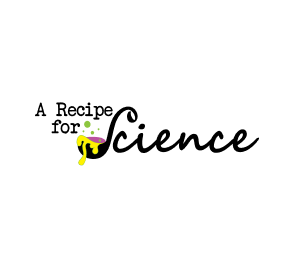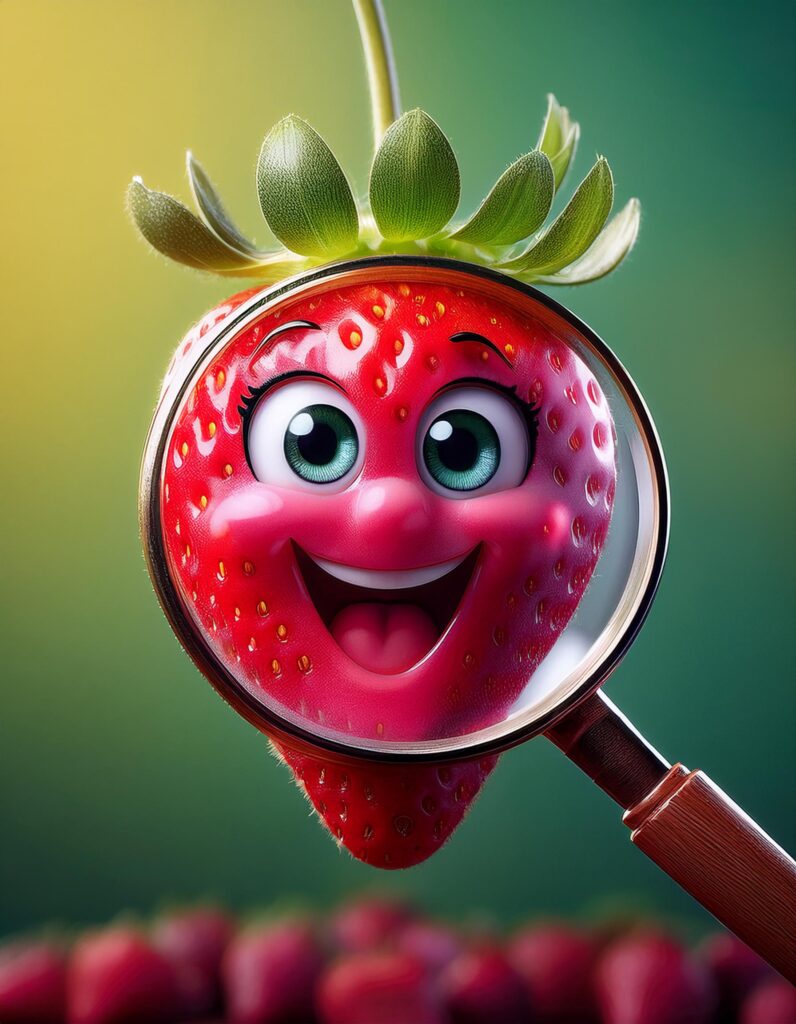



Time for science in the kitchen - everyday items become tools for discovery! This fascinating experiment is perfect for young scientists and curious minds. It's all about extracting DNA from strawberries, and it's not just fun—it's a glimpse into the building blocks of life.
The experiment is simple yet captivating. With just a few common materials, anyone can unlock the secrets held within the humble strawberry. The process involves mashing strawberries in a plastic bag, adding a mixture of dish soap and salt, and then using a coffee filter to separate the DNA from the rest of the strawberry pulp. The grand finale involves adding rubbing alcohol to precipitate the DNA, which appears as a cloudy, stringy substance.
Now, let's talk science! This experiment falls under the fascinating branch of molecular biology, specifically in the area of genomics. Molecular biology is the study of biological activity at a molecular level, and genomics is the examination of the complete set of DNA within an organism. In this experiment, the dish soap helps to break down cell membranes, while the salt helps to release the DNA strands by breaking up proteins that are bound to the DNA. The rubbing alcohol, being less dense than water, allows the DNA to precipitate out of the solution because DNA is not soluble in alcohol.
- Instead of a pipette, use a clean straw to drop liquids.
- A clean, clear spice jar can replace a test tube.
- No coffee filters? Try using a piece of a clean, white t-shirt or paper towels.
- If strawberries aren't in season, kiwis or bananas are great alternatives.
- Hand soap can work in place of dish soap, though it may produce more bubbles.
- Table salt is fine, but sea salt or kosher salt can also do the trick.
- Any sealable plastic bag will do, even sandwich bags.
- Isopropyl alcohol (rubbing alcohol) is best, but in a pinch, high-proof drinking alcohol can be used.
This experiment is suitable for kids aged 7 and up, with adult supervision. It's a fantastic way to introduce them to scientific concepts and hands-on learning. The preparation time is minimal—just gather your materials. The active part of the experiment takes about 30 minutes, and the results are immediate. You'll see the DNA materialize before your eyes!
So, grab your lab coats—or aprons—and get ready for a delicious dive into DNA extraction. It's a sweet way to explore science and spark curiosity in the young and young at heart. This is a cool experiment, simple although the concept is more complex. It is really a great bridge from elementary science to higher level science. Happy experimenting!
Click here for the full experiment details. Checkout the main website: Little Bins for Little Hands
Get experimenting!
Feed your knowledge.
Come back for more recipes for science!
This technique can be used with multiple foods. I'm looking into it more, but this experiment is versatile so don't be shy when choosing the DNA donor.